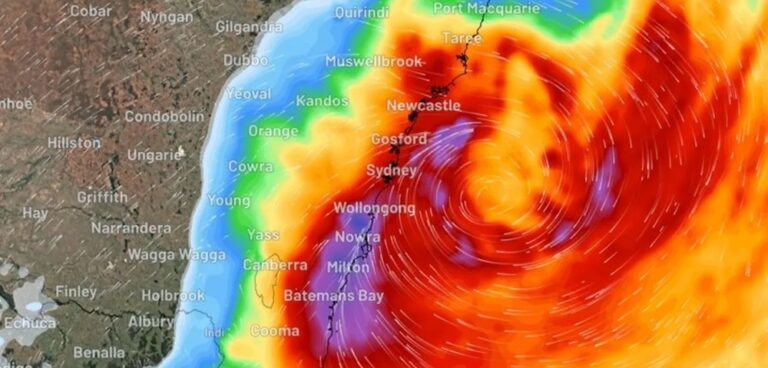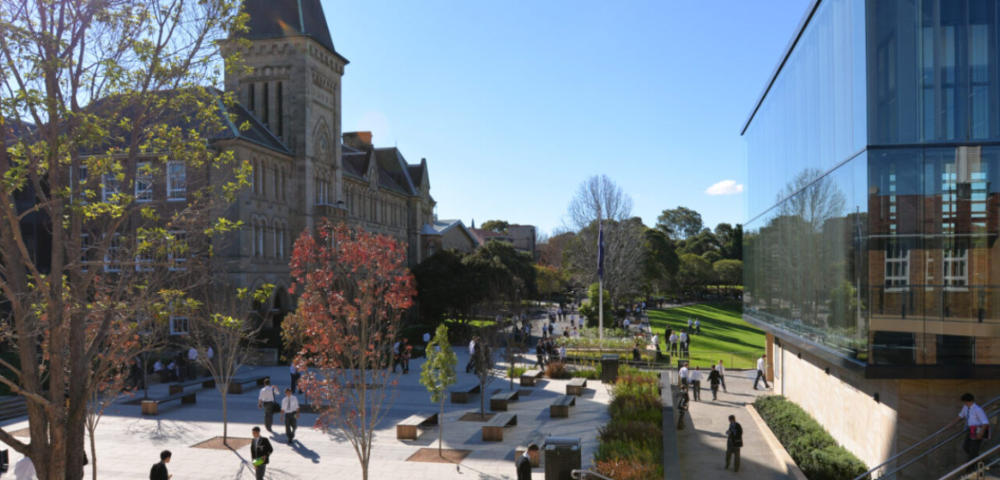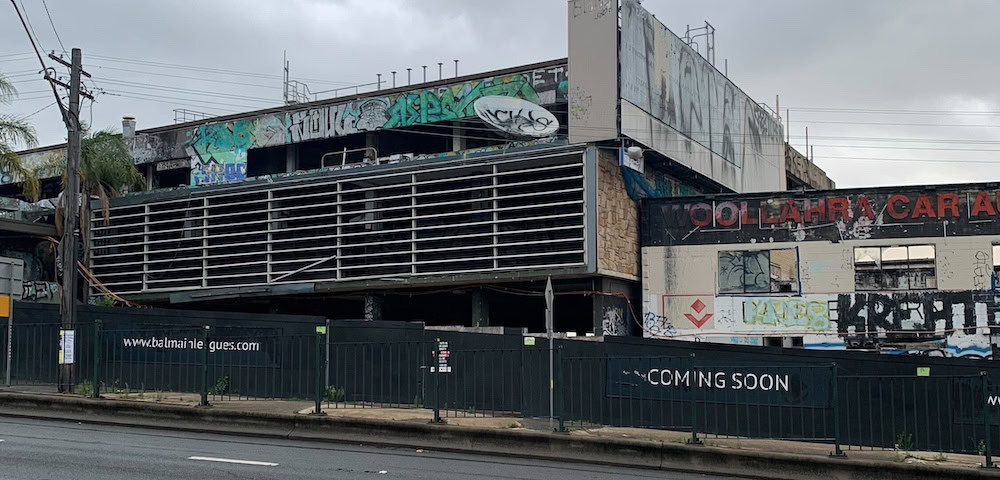
Win for developers as Council counts the cost
Leichhardt Council is to move forward on preparations for a new Developer Contributions (Section 94) Plan utilising fixed-percentage levies. The resolution, voted on at the June meeting, comes in response to the state budget, which revoked all exemptions issued to Councils in relation to Section 94 planning – including one for Leichhardt Council granted last year – and set a $20,000 threshold for developer contributions on all residential dwellings.
The cap has led to councils statewide accusing the State Government of attempting to shift responsibility for collecting revenue, with the Mayor of Blacktown stating this month the decision would cost his council $1 billion over the next 20 years.
The changes announced earlier this month require councils to limit contributions in their Section 94 plans to ‘essential infrastructure’ necessary for the development to occur, such as land for open space and community facilities, road works and stormwater management.
“We’ve estimated that over the next 20 years, with the $20,000 cap, Council will be out of pocket around $16 million for community assets,” said Mayor Jamie Parker. “Plus, if they change the definition of ‘essential infrastructure’, then we’ll be out by many, many more millions. How do you define it? Is it roads and gutters; is it community centres; libraries; parks?”
Cr Parker said negotiations were currently taking place with the State Government aimed at clarifying the definition of ‘essential infrastructure’.
The fixed levy was preferred to the alternative form of contributions, those directly made by developers. The latter is similar to a traditional Section 94 plan.
Under the Government’s newly-imposed $20,000 levy cap, Leichhardt Council’s report determined a shift to the fixed levy method would collect a similar level of contributions to the current direct developer method.
However, although the fixed-percentage levy model has been strongly pushed by the Department of Planning for its flexibility and simplicity, it has the potential to be an increased cost burden for individuals and families.
Under the levy model, developments worth $100,000 to $200,000 are charged a levy of 0.5 per cent, and those above $200,000, one per cent.
This would lead to a shift in who pays, altering the emphasis from new residential development to one where the greatest percentage would come from alterations and additions not involving an increase in the total number of houses.
The report also noted it would bring about an increase in contributions from non-residential development, such as business and industrial developments.
“The problem with that is that for mums and dads who are doing a development of, say, $150,000, who now have to pay a Section 94 contribution,” Cr Parker said. “What it means is that mums and dads will be paying, whereas before, the developers paid.
“The bottom line for us is that it’s a gift for developers and shifts costs onto ratepayers.”
The levy represents an additional charge of between $500 and $1,000 on a development worth between $100,000 and $200,000.
Council estimates a significant impact over the coming months from the $20,000 cap, including a loss of $500,000 in contributions from the Tigers development alone.
State Opposition Leader Barry O’Farrell said councils would need to increase general rates to pay for the necessary infrastructure.
But the State Government has rejected councils’ criticisms, with Premier Kristina Keneally saying councils “by and large see this as a huge step forward that puts them in charge of their own destiny.”
A statement from the Department of Planning said the Section 94 reforms were “designed to drive down the cost of housing for home buyers”, and added they had “provided councils with the autonomy to raise funding for their own infrastructure.”









